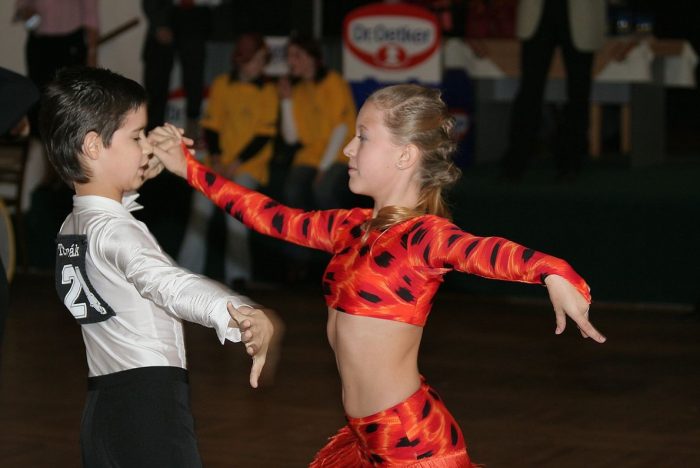Dance has been a popular form of expression since records began, with different cultures adopting their own particular movements, often telling a story. The earliest mention of dance comes from Indian and Egyptian paintings. Throughout the centuries, dance has evolved in many ways, some of them controversial at first, but always entertaining. It can be performed as a solo individual, a duo or as a group.
The 1920s
Following the end of the First World War, people were looking to escape the horrors of that era, and dance played a significant part in finding this escapism. Popular dances of this time included the Charleston, the Foxtrot, the Shimmy, the Tango and the Waltz. Some of these dances require that couples hold each closely, which was considered somewhat scandalous, particularly by older generations.
The 1940s
The rumba was first introduced in this decade and was an instant hit with its seductive Latin tempo. There are two distinctive styles of the rumba, American and European, and it is often featured in international competitions. Swing and jazz also came to the forefront in the 1940s and encompassed the Lindy Hop, also known as the Jitterbug. US servicemen are said to have popularised this style of dance during WWII
The 1950s
Rock ‘n Roll both describes the music and the dance style of the 1950s. The beat of the guitar is akin to that of a blues style rhythm and has accompanying fast dance movements, widely adopted by teenagers. The style of dress was particularly essential and gave rise to the term “teddy boys” who often were involved in gang fights. In cases of injury, they had to rely on old fashioned doctors, as opposed to today’s generation who can find the useful livi app to get medical advice. The hand jive is a popular 1950s dance and was often performed by synchronised groups of youngsters at high school dances.
The 1960s
The 1960s were a period of unrest and rebellion and strangely led to a series of dance crazes with odd names, including the Mashed Potato, the Hully Gully and most famously the Twist. These were usually formed as a line dance, with each individual performing the controlled movements at the same time as the others. The end of this decade saw the rise of flower power, with youngsters dancing as though seemingly in a trance.
The 1980s
This decade heralded the arrival of rap, hip-hop and as made famous by Michael Jackson, moonwalking. This iconic pop star was also responsible for the video of his hit single Thriller, which led to hordes of people emulating zombies and graveyard ghouls. A dance which was often attempted but with less than successful results was that of the Robot.
It remains to be seen as to which dance craze will be seen in the future, but more than likely it will be introduced by the younger generations.




 some of which include:
some of which include:

 routines.
routines.
 a more modern and hybrid version of traditional Indian dances such as Bharatnatyam, Kathak and Bhangra.
a more modern and hybrid version of traditional Indian dances such as Bharatnatyam, Kathak and Bhangra.
 s, combats, and large events.
s, combats, and large events.
 sses, barre classes aim to isolate muscles through holding and extending different positions. You will find some similarities and influences of Pilates, yoga and strength training. This workout is also a great strength and flexibility builder.
sses, barre classes aim to isolate muscles through holding and extending different positions. You will find some similarities and influences of Pilates, yoga and strength training. This workout is also a great strength and flexibility builder.
 ferent muscles.
ferent muscles.
 y fun to watch and upbeat for dancers and the audience alike. It is one of the most practiced dances in the entire world. There are several sub genres within the world of Salsa that one can explore.
y fun to watch and upbeat for dancers and the audience alike. It is one of the most practiced dances in the entire world. There are several sub genres within the world of Salsa that one can explore.